Barcelona’s Roman past, Barcino, is one of the best visits you can do if you are drawn to history. The central nucleus is concentrated in the old part of the city. We can make this walk alternating different historical periods, from some Iberian, Roman, Middle Ages, Medieval, to the modern age.
But now we will focus on the Roman period. About 2,000 years ago, Emperor Augustus founded Barcino in his quest to control the peninsula. Specifically, the Colonia Iulia Augusta Faventia Paterna Barcino, between 15 BC and 10 BC, after the settlements of Emporion (Empúries), Rhodae (Roses) and Tarraco (Tarragona).
We suggest you start the visit by the Roman Sepulchral Way.
Located in Plaza Vila in Madrid, in the heart of the city. Here we will be able to observe funerary monuments: plows, steles and especially cupae that were used between the 1st and 3rd centuries of our era. At that time, the law prohibited burials within the city, and therefore Barcino’s burial areas were located outside the walls. In this context, the necropolis is considered a secondary burial road, with burials of people of the middle or lower class (slaves and freedmen).
We continue the walk through the Temple of Augustus.
Dedicated to the cult of Emperor Augustus, it is located inside the Centre Excursionista de Catalunya, touching Plaça Sant Jaume. We can see three magnificent columns that were found during the works of this enclosure and a fourth column that was exposed in the Plaça del Rei and that was incorporated into the complex.
The remains of the Wall of the old Barcino accompany us during different sections of the old town.
It is the largest monument in Barcelona and almost 2/3 of its total remains hidden. This wall has 2000 years of history among its stones, and along it there are charming corners that you should not miss. Its dimensions cover different streets from Plaza Nova to Carrer de la Palla.
We cannot leave this rewarding walk without visiting Porta Praetoria.
It is known as Portal del Bisbe and is the only one of the four gates of the Roman wall that is preserved today. It was the access to Barcino by Decumanus Maximus, whose layout is currently Carrer del Bisbe. The door is at the intersection of this with Plaça Nova.
Enjoy this tour proposed by Zolty App. The best way to get to the Barcelona downtown is with our service. Forget about the private car, request a Zolty vehicle and have fun with the living history of Barcelona.



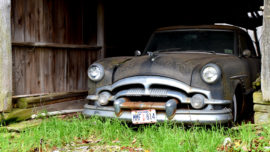
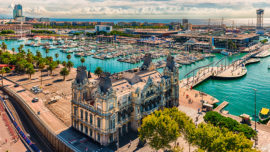
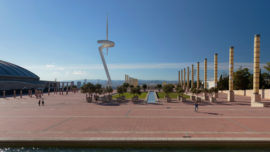
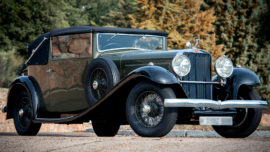
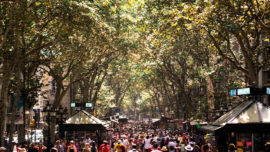


0 comments
Write a comment